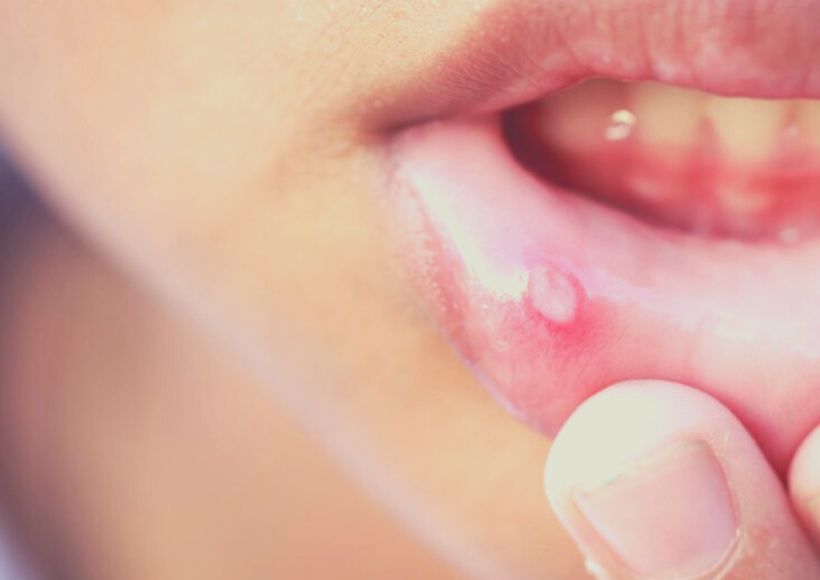Behcet’s disease is a systemic, inflammatory and autoimmune disease. It is characterized by presenting three main symptoms: canker sores, genital ulcers and uveitis.
Behcet’s disease was first described by the Turkish physician Hulusi Behcet in 1937 in patients who shared three symptoms in common: oral thrush, genital ulcers, and uveitis or eye inflammation. Interestingly, it is in the Middle East (Turkey, Israel or Iran) where there is the highest prevalence of this disease
It is a systemic disease (affects various parts of the body), inflammatory (with an inflammatory component together with vasculitis or inflammation of the blood vessels) and autoimmune (we produce autoantibodies, directed against parts of our own body).
Table of Contents
Causes
There is not really a single cause, but in patients with a genetic predisposition (several genes involved have been identified. It has been seen that it is more frequent in relatives who already suffer from it and under various environmental circumstances (such as an infection), which favor the development of this disease.
Symptoms
As we have said, there are three main symptoms:
- Oral ulcers: occur in almost all patients, being the first manifestation of the disease. For years, it may be the only manifestation until the rest of the symptoms appear. These are small ulcers on the oral and gingival mucosa, millimeters in size (between 2 and 10 mm), which heal spontaneously without leaving a scar. They are painful injuries.
- Genital ulcers: they are larger and deeper lesions, very painful and can leave a scar. They are located in the genital mucosa or in the skin of the genital area (perineum, labia, scrotum, foreskin…)
- Uveitis or inflammation of the eye: it is inflammation of the eye, in which we observe the red eye (similar to conjunctivitis, but without presenting conjunctival secretions), and with a lot of pain.
There may be other less frequent symptoms such as:
- Skin involvement: nodular lesions that resemble acne.
- Joint involvement: there may be arthralgia (joint pain) or even arthritis (joint inflammation)
- Gastroduodenal involvement: there may be abdominal pain, bloody diarrhoea, nausea and vomiting. Occasionally ulcers may appear on the intestinal mucosa.
- Neurological involvement: the symptom will be intense headache, although it will be accompanied by other symptoms of neurological deficit.
- Vascular manifestations: such as thrombophlebitis, arterial thrombosis or venous thrombosis.
- intermittent fever
Diagnosis
The diagnosis of Behcet’s disease is clinical, that is, based on the symptoms. There is no analytical test to confirm or rule out this disease. Due to the great variety of symptoms and the heterogeneity of its presence, diagnosis is sometimes difficult or late.
Treatment
- There is no specific treatment, although there are drugs that control the disease.
- Corticosteroids are drugs that reduce inflammation, lower immunity and control pain.
- In severe outbreaks, other more powerful immunosuppressants can be used, although they are not without side effects.
What to do in case of persistent oral thrush?
Before the presence of persistent oral thrush:
- Maintain good and rigorous oral hygiene
- For pain, you can use hyaluronic acid preparations that help heal in the form of gels, sprays or mouthwashes.
- Avoid eating foods with edges or very salty / acidic.
- Monitor the evolution time, consult your doctor if they persist beyond 7-10 days.
- Observe the presence of other symptoms (genital ulcers, eye pain…)
Also Read : What Is Your Skin Type? Tips And Advice

